Euro nymphing is a phrase thrown around by a lot of river fly fishers these days. In the USA anglers often use it interchangeably with the label “Tight Line Nymphing”. It’s probably fair to say that “Euro Nymphing” an umbrella term for a group of highly effective nymphing presentations perfected on flowing water. These tactics have dominated the FIPS Mouche World Fly Fishing Championships over the past two decades. For my money, the two most significant pillars are "Shortline" nymphing (in the Czech or Polish styles) and French nymphing.
This article is your cheat sheet on:
Euro nymphing Tactics
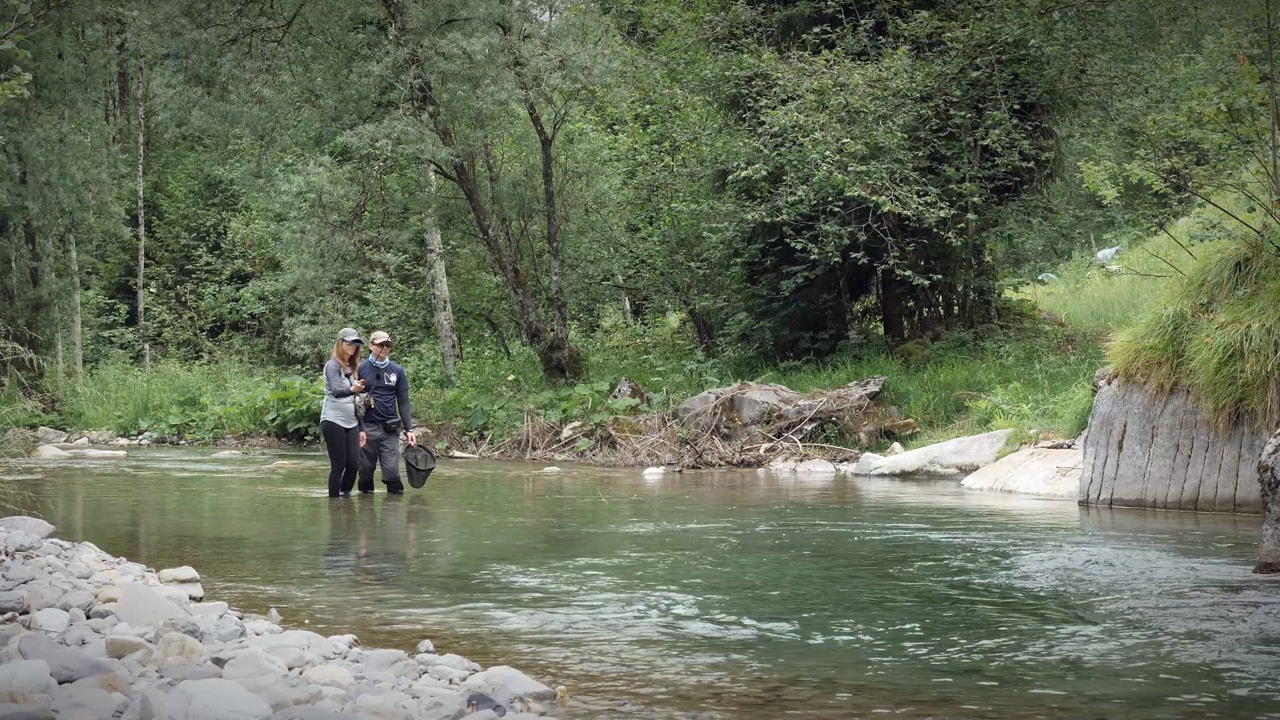
As mentioned in the introduction, I suggest there are two main branches of the Euro nymphing tree. That is not to say that those are the only branches. It’s just that, by concentrating on Czech nymphing and French nymphing you can quickly get to grips with what’s most important. To go further THERE'S NOW the "Fly Fishing Bible of Nymphing" (with 2+ hours of supporting video) for the full Euro Nymphing Immersive Experience:
However, the quick-start guide continues below...
Czech nymphing
I created a much more detailed post on Czech nymphing on our site revealing a ton of little-known facts, tactics and tips. If you need to brush up on those tactics, check out the article and pay particular attention to the video of short line tactics. For this article I want to pull out the most important Czech elements as they relate to the overall umbrella of Euro nymphing.
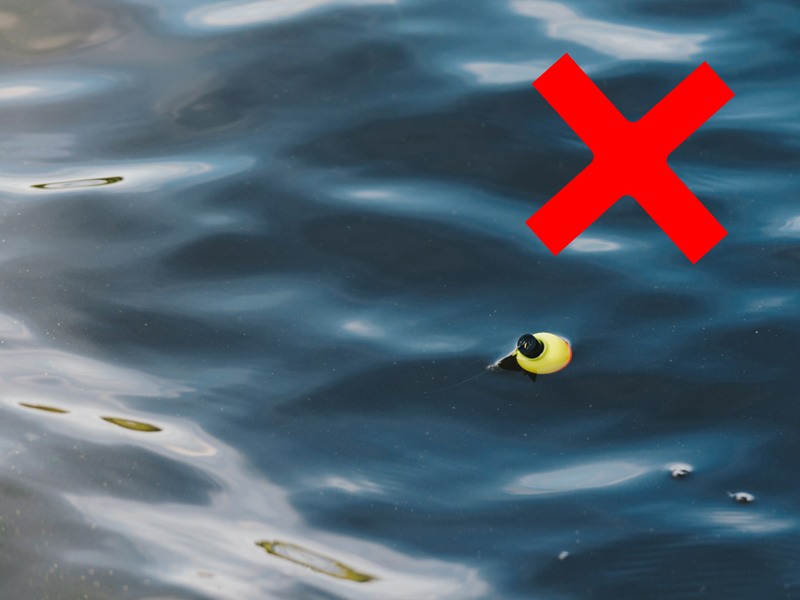
For Euro Nymphing - Bobbers are Out!
One of the things that stands out (and relates to the term Tight line Nymphing) is the lack of a highly buoyant indicator that suspends your nymphs.
Without that “bobber”, you can keep a much tighter contact to your nymphs all the way up your line to the rod tip.
It is the removal of that buffer between your rod tip and your flies that creates the increased control and sensitivity of Euro Nymphing Tactics
For short line Czech nymphing the nymphs are tracked on a tight line right under the rod – so that if you are using fly line (as in the traditional style) there is hardly any of that line beyond the rod tip. A special tweak for greatly increasing your sensitivity is to change the traditional Fly line Czech nymphing rig for one that uses a French leader…
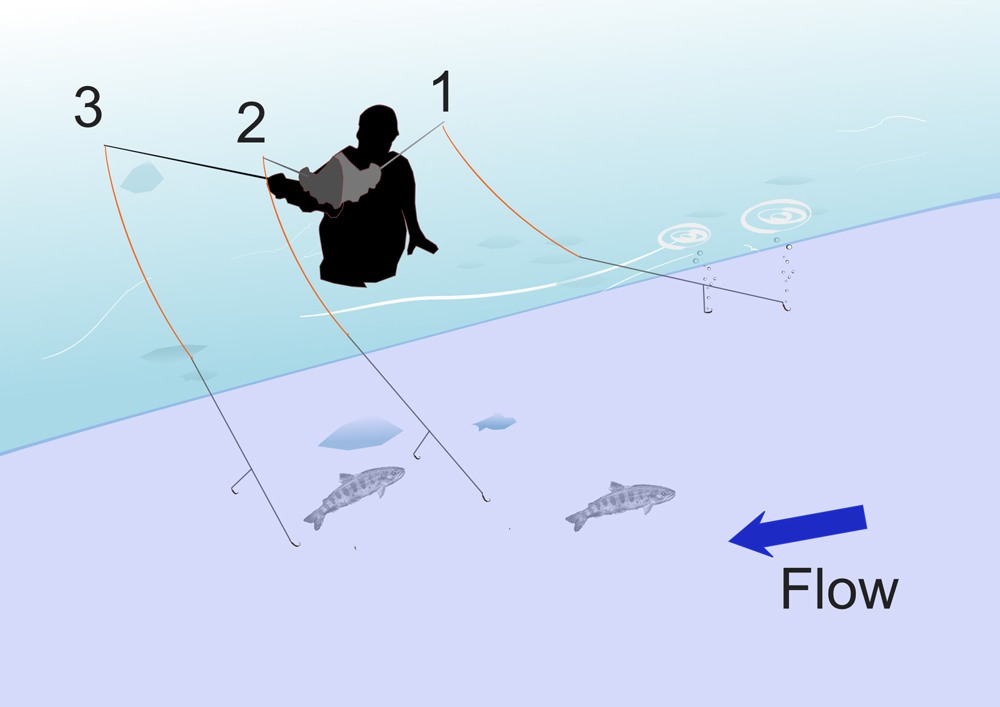
Wind that leader (coloured orange for illustration above) right up inside the guides on the rod until just the final 1 to 3 feet (30 to 60 cm) of the leader and the bright sighter mono/braid hangs from the end of the rod. See the rig diagram section lower down this article for full details...
With your tippet attached to that sighter (carrying two or – at most – three flies spaced about 20” apart) you have an extremely sensitive system. The leader is much, much lighter than fly line, and offers much less resistance to a fish when it grabs your fly. The VISUAL indication of that strike registers as a flick on the sighter line, and tells you to set the hook.
For a ton more instruction on this and the other methods in this article: if you've not yet come across the Fishing Discoveries free tuition on Euronymphing then you might like to check it out here:
French Nymphing (THE Euro Nymphing Mainstay Tactic)
The second major branch of Euro nymphing tactics is fishing at longer range with a French leader. Again, I’ve put a lot more detail into the dedicated French Nymphing article to help you. The great beauty of a French leader is that you can wind it up short (as for the previous tactic) or extend it out and cast it ahead of you at greater range. Fishing it at longer range with a high rod tip creates a classic French nymphing presentation (illustrated below).
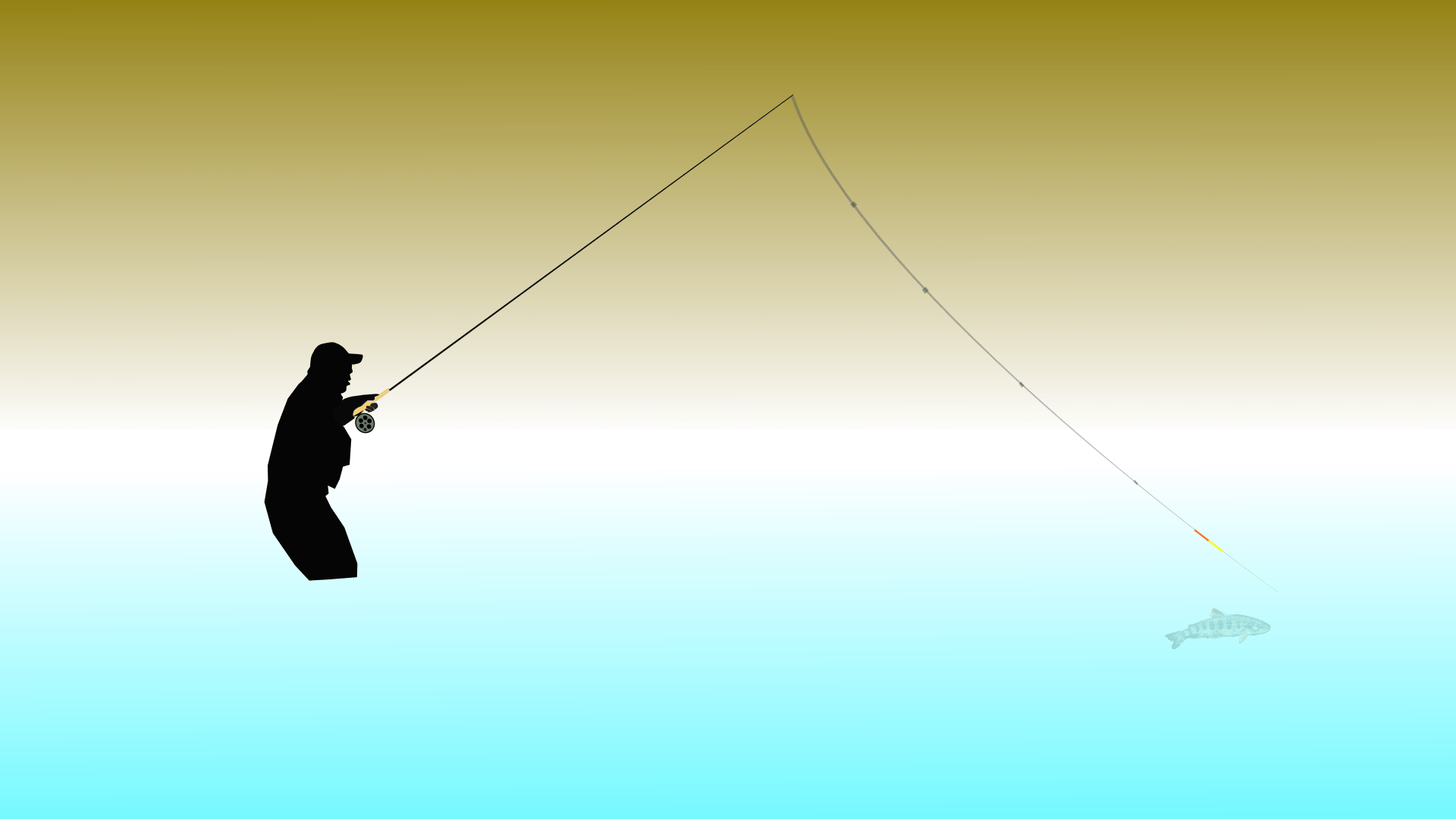
Holding as much of the leader – and, if possible, the sighter mono/braid – off the water ensures tight-line contact. The tension should be just enough to let you track the flies as they are washed downstream in front of you. This lets you create a lovely, natural drift at the same time as giving you greater separation from the fish.
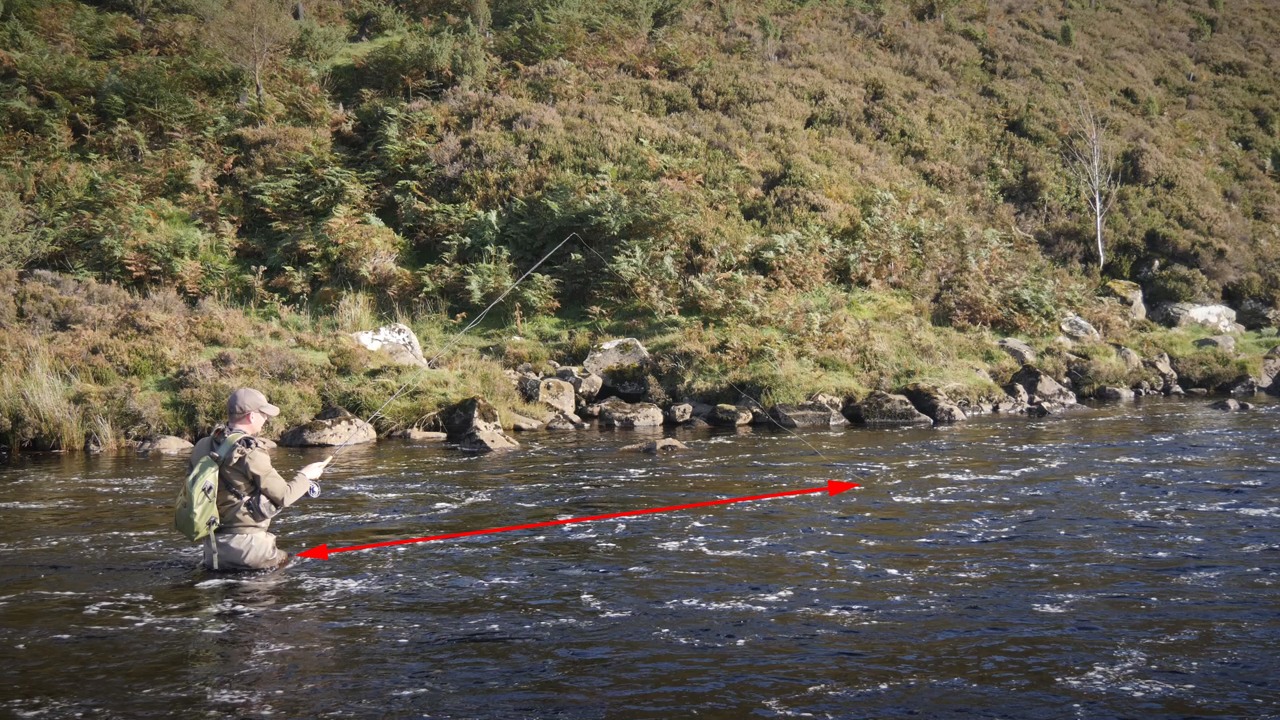
Don’t forget to pick off and re-cast before the current washes your flies towards you too far and creates slack line.
Catch-all Euro nymphing rig
For the two tactics above, here’s what I recommend as a “go to” rig:

Then, you can either wind it up short for Czech-style SHORTLINING or fish an extended length for standard French nymphing. The weight of flies can be modified to suit the depth and pace of water – almost always with the heaviest nymph as the tail fly. You should tune this so that it sinks to the lower third of the water column within about 5 seconds.
There are so many small details that will either help your success or drive you nuts with Czech and French Nymphing. If you want to raise your game - and avoid major pitfalls - why not try out our Free email tutorials?
Rods for Euro nymphing
For a detailed guide to the best nymphing Rods on the market (according to a large number of customers as well as my own experiences) Click the following link to Check out my:
Guide to the Best Euro Nymphing Rods
There are two good reasons that Euro nymphing rods are generally rated for really light fly lines (typically in the AFTM #2 to #3 range).
You have a choice in whether you opt for:
- A faster-actioned rod rated for a light line (one with a soft tip but with more power further down the rod)
OR
- A more through-actioned rod.
The faster-actioned rod will give you more confidence for bigger fish, whereas the through actioned rod is the best insurance for landing a high proportion of smaller fish – especially grayling.
The length of your rod will mainly be influenced by the tree canopy on your stream or river. There are advantages to using the longest one that is practical for the available space. That way you can hold more line off the water and achieve better drifts and more stealth.
For fishing with a French leader, I have yet to find a better fly rod than the Marryat Tactical Pro Nymph Special (10ft 6” AFTM #3). Its design comes with the benefit of the experience of triple world champion Pascal Cognard and team-mate Jérôme Brossuti. That excellence is associated with an appropriately premium price.
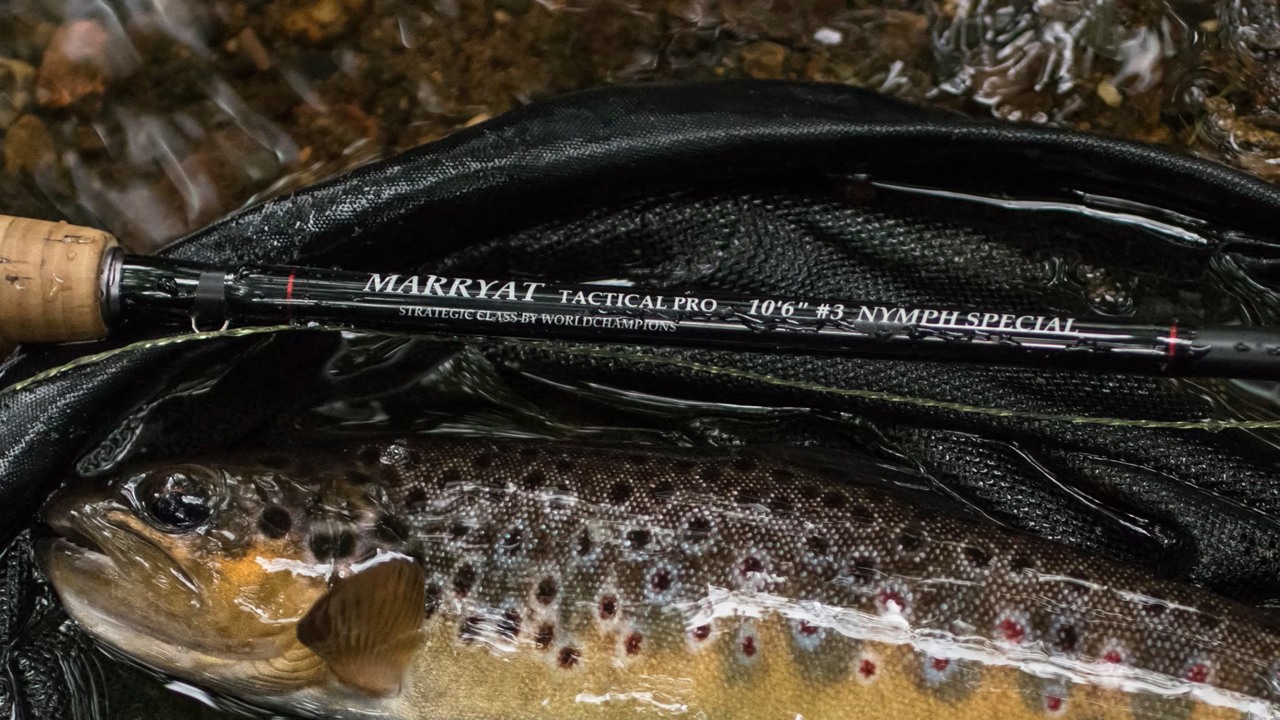
In addition to the top end of the market, there are many good entry-level offerings for anyone dipping their toe into the method - and Euro Nymphing Facebook groups can be a good place to seek recommendations from fellow anglers.
For rivers with more confined canopies – and also great capacity for landing grayling – I love my Morewell 8’ 3” AFTM #2 from Jiri Klima. These rods are not easy to get, but you might be able to buy one directly from Jiri. It is also the rod featured in his long-line tactics demonstrations during the Czech Nymphing masterclass I went to in 2006:
Reels
Check out our article on the best reels to use with Euro nymphing rods - tailored to your available budget Click the button below to open in a new tab:
Guide to the Best Euro Nymphing Reels
Ultimate Euro nymphing Setup
As I write this, the best combination of rod and rig that delivers excellent short-line performance as well as longer range French nymphing is the one pictured below:
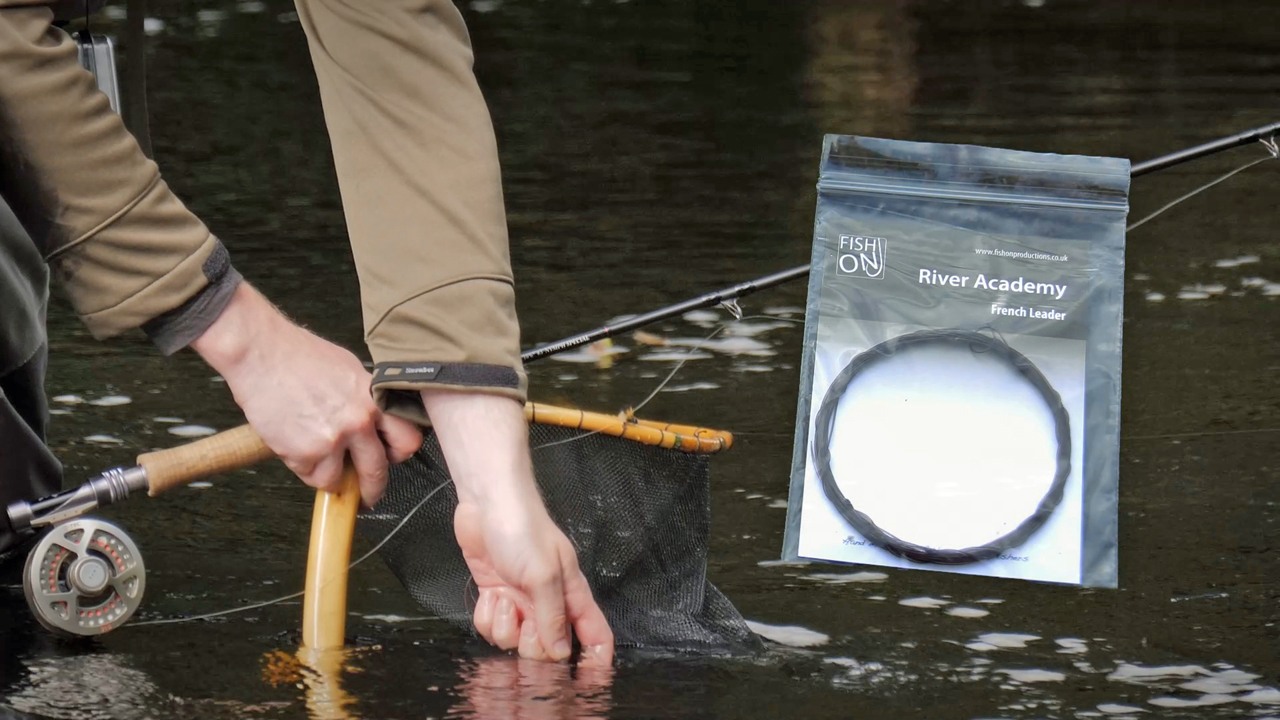
Marryat Tactical Pro 10' 6" Nymph Special rod plus Fish On hand-tied French Leader
The best commercially-available French leaders (by Fish On) are hand-knotted just like the personal, best-kept secret leaders used by French competitors. The taper, specific material-choices and chemical treatment combine to make leaders that will cast dry flies with perfect loops. Coupling that with a rod created and approved by the greatest practitioners of Euro nymphing on the planet is a winning formula.
Euro nymphing flies
This is a real Pandora’s box (of flies ha ha). The number of different patterns and the range of applications of flies used in modern Euro nymphing is absolutely dizzying. Dozens of different lines of development, rediscovery, copying and innovation exist and interact.
At one end of the spectrum, it’s true to say that any nymph or wet fly can be effectively fished using Euro nymphing tactics and rigs. With that said, an overview of some tried and tested options is probably useful to stop you being overwhelmed by choices.
Frenchies
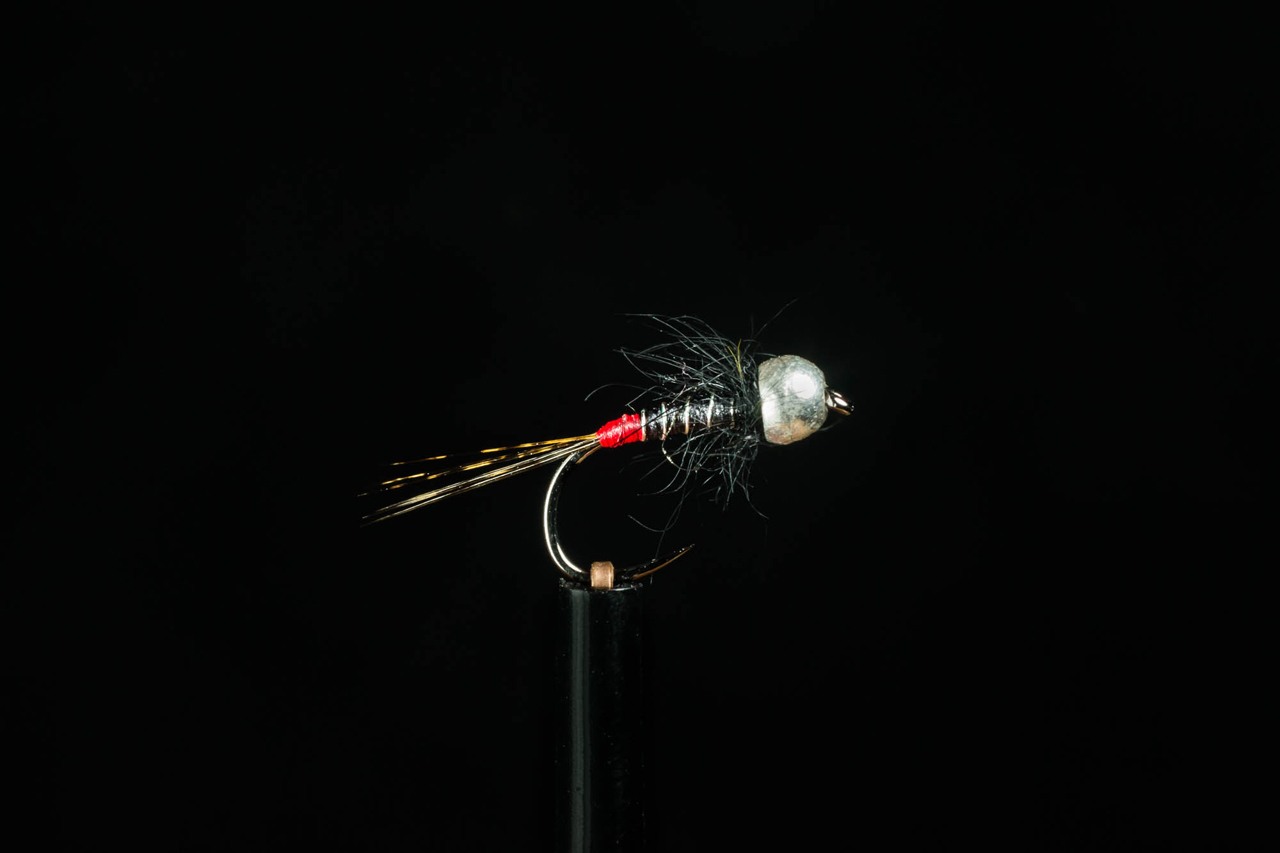
For obvious reasons, these are considered as standard patterns for presenting on French leaders. Rather than one specific recipe, these are a style of dressing nymphs which tend to have:
There is a nearly infinite number of colour combinations and sizes 18 to 12 are typical.
Czech Nymphs

It would be hard to omit these classic patterns – especially when it comes to short line nymphing. Generally curved bodied flies with a thin shellback material and ribs to create obvious segmentation. These flies can come in drab or crazy colours. Some people do add a tungsten bead to the head of these flies – even though the traditional weighting is done by lead wire as an underbody.
Again, there is a nearly infinite number of variations. Just try to keep them slim if you can. Expect these to come in all sizes from 18 to size 6.
Perdigon Nymphs
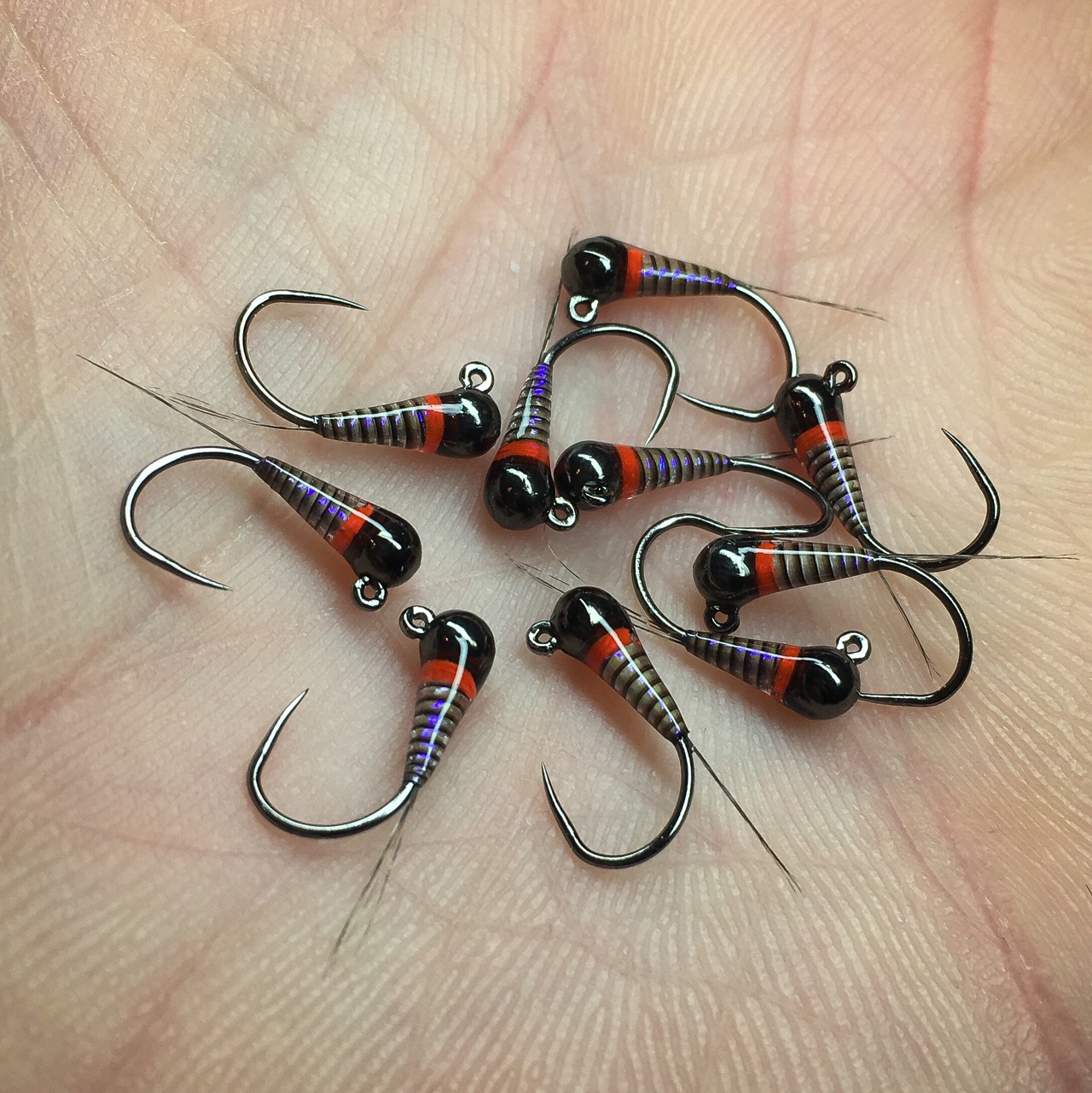
Some of the best Perdigons I've ever seen - tied and photographed by Paul Molloy (check him out on Instagram at: https://www.instagram.com/pauly_molloy/
A rough translation of Perdigon is “bullet”, “pellet” or “lead shot” – and this gives a clue to the super-dense and smoothly streamlined flies from the French/Spanish areas straddling the Pyrenees. They are designed to be small, subtle flies that are good imitations of small, skinny mayfly and stonefly nymphs. At the same time, they are designed to sink like a stone; perfect for picky fish in fast water.
Old Favourite Bead Heads
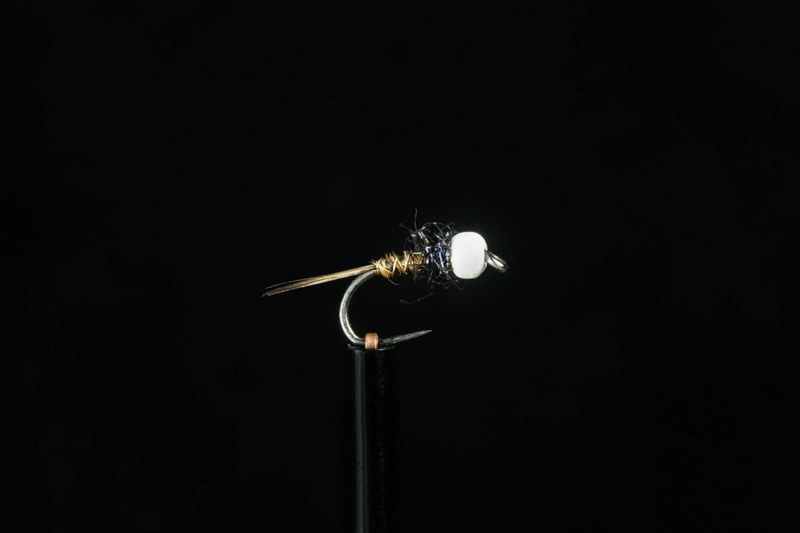
Adding a tungsten bead to hare’s ear nymphs and pheasant tail nymphs (with or without a pearly tinsel flash-back) is a simple way to create a really effective range of flies. In fact, between those two prototypes, you can cover an awful lot from shrimps/scuds, through caddis to small mayfly and stonefly species. Having some big, chunky stonefly patterns with good sized tungsten beads is also a great idea.
Secret weapons
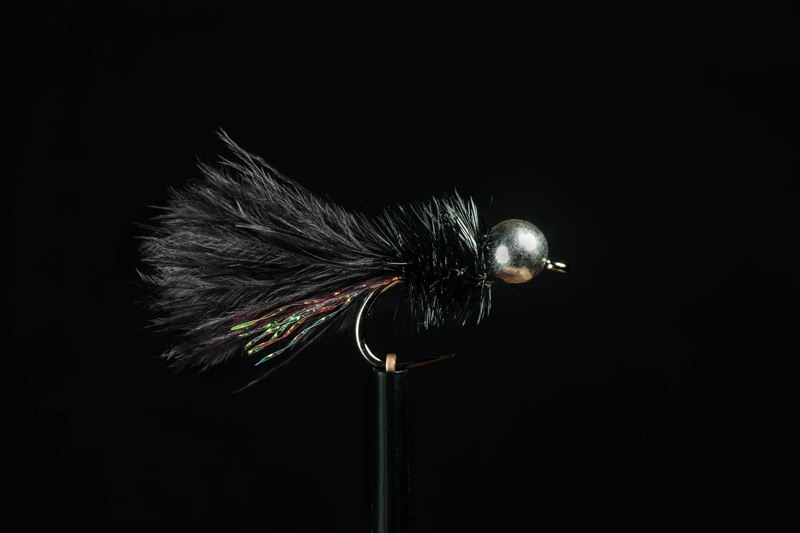
Using mini streamers for point and/or dropper flies, adding a soft hackle wet fly to the top dropper to a team of nymphs – or even fishing a single dry fly – are all stretching the boundaries of Euro nymphing. Once you understand the different presentation options though, these more radical tactics can be fantastically effective...
Again, there are many more tactics, secrets and exclusive subscriber offers in our Free email tutorials:
Euro Nymphing Round Up
Let me know in the comments what I missed (or what got right up your nose) and what you liked...
If there's anything you did like, your friends will think you're awesome if you share it using the social share buttons on this page 🙂
Paul Gaskell

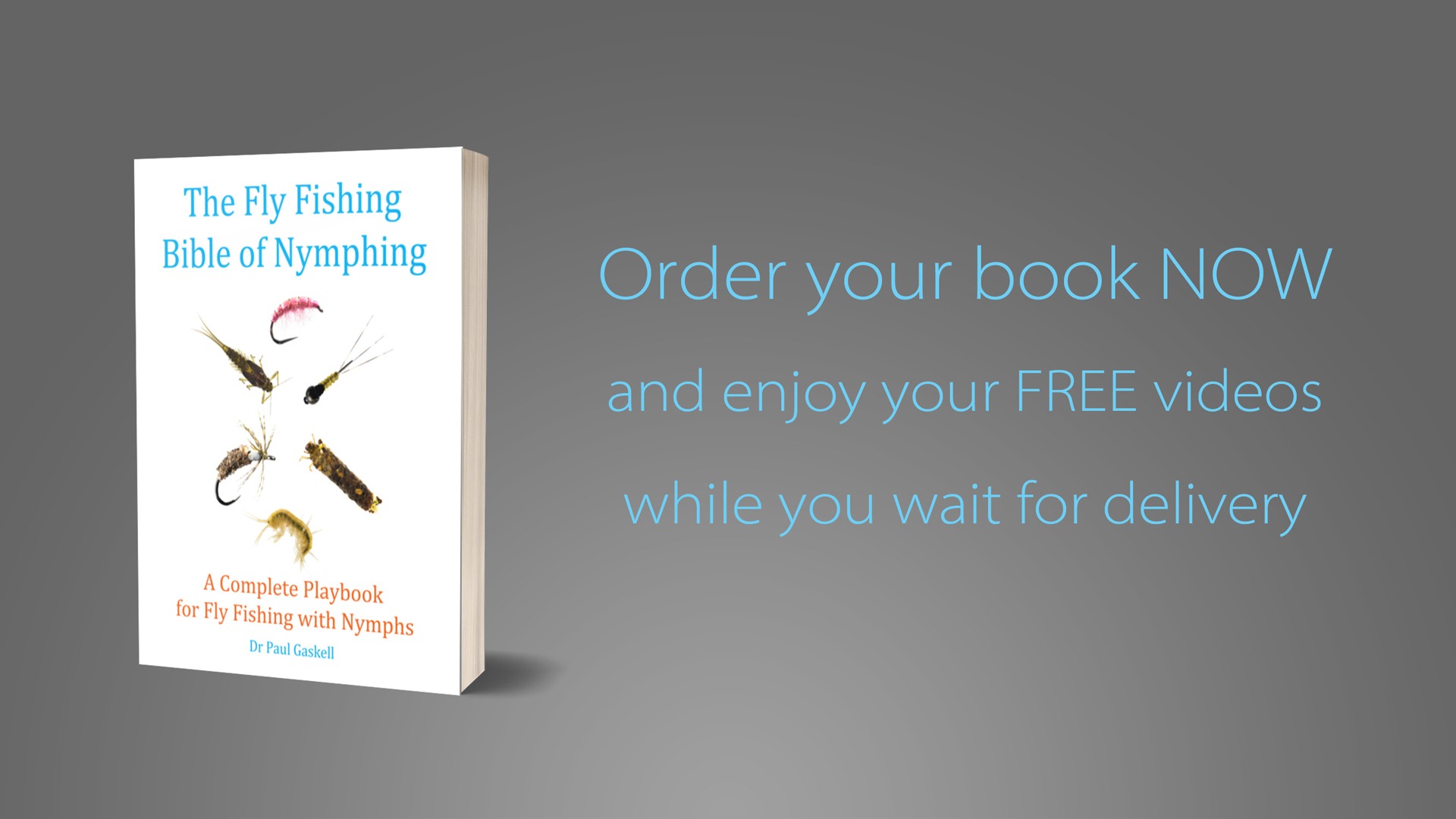
How do you decide the length of the line for sight indicator to point fly, i.e how dose this relate to the depth and speed of river you are fishing?
Hi Andrzej – that’s a great question and one that can have quite a complicated answer. However, probably the three main things that go into that decision are:
“Contact” (i.e. light tension) between your indicator and your point fly – the shorter the piece of line from indicator to point fly; the more contact you have and the better your bite indication is
Stealth (not spooking the fish) – If your indicator is nice and bright/easy to see, on some rivers (especially when it is sunny and the water is clear) it might spook fish. That means you need to make a bit more separation between indicator and fly. You can also change it for one that is more subtle in colour, size/diameter etc.
Finally (for this answer), the depth of water can play a part. Obviously, if the distance from indicator to fly is shorter than the depth of the water, your point fly cannot reach anywhere near to the riverbed. Sometimes you might be fishing a kind of rig that has several places you can look on the leader for bite indication. That means you can lower your leader into the water and sink your main sighter section to achieve greater depth. I’d need a lot more scope and space to explain about how you can use the length of your tippet to alter the angle that you present your flies – so I’ll save that for my nymphing book where I’ve got a lot more pages to play with!
As a very rough guide, you can make your tippet section anywhere from approximately the same length as the water depth to about a foot longer than the depth of water you are fishing. For many situations that will not steer you too far off course.
Always try to make it as short as possible (within reason) to maximise your bite detection sensitivity. At the same time, be ready to extend the length a little bit in brighter/clearer/shallower fishing situations where too short a distance can spook fish.
Paul
Fantastic article Paul, I’ve signed up. Could I ask how you pair up your Marryat 10,6 with reel/weight for balance?
I’ve been doing a lot of research and having originally been keen on the Sage ESN I’m blown away by the reviews, the price difference and overall weight of the Marryat. Any thoughts or advice would be welcome. All the best, Matt
Hi Matt – thank you for your really kind feedback.
I’ll be super honest with you, when it comes to reels I am a LOT less picky than with rods. I’m happy to have something with a half-decent drag – often in matt black if possible.
The point where I grip my rod most of the time when actually drifting the nymphs (close to where the cork meets the blank – and often with my index finger on the blank itself, in front of the cork), pretty much ANY weight at the butt end of the rod makes the tip feel super light when held out horizontal.
With the Marryat, I’d actually be happy enough to fish it without a reel at all, it just feels sweet (as, indeed, many high-end rods do).
For me, though, the pedigree of the rod and the fact that it has the backing of Pascal and Jerome counts for a lot; but when it comes down to it – it is really the sensation of casting the French leaders (and also level fluorocarbon lines) that I can hold off the water which I like the most.
So – whether it’s a Lamson or an entry-level Hardy-Greys, I’m very happy with the balance.
I hope this helps answer your question a bit – even if I went in a different direction than you expected?
Paul